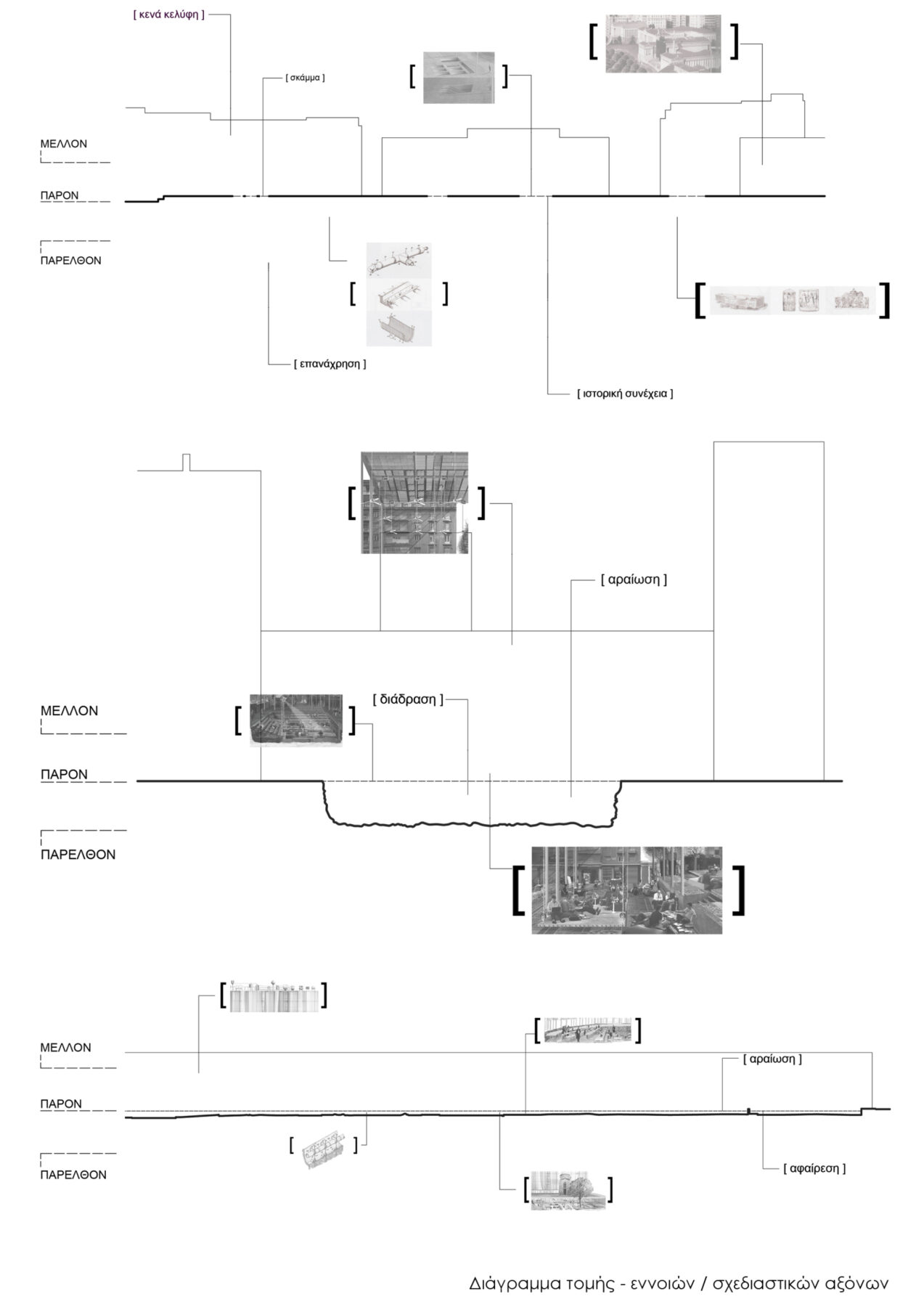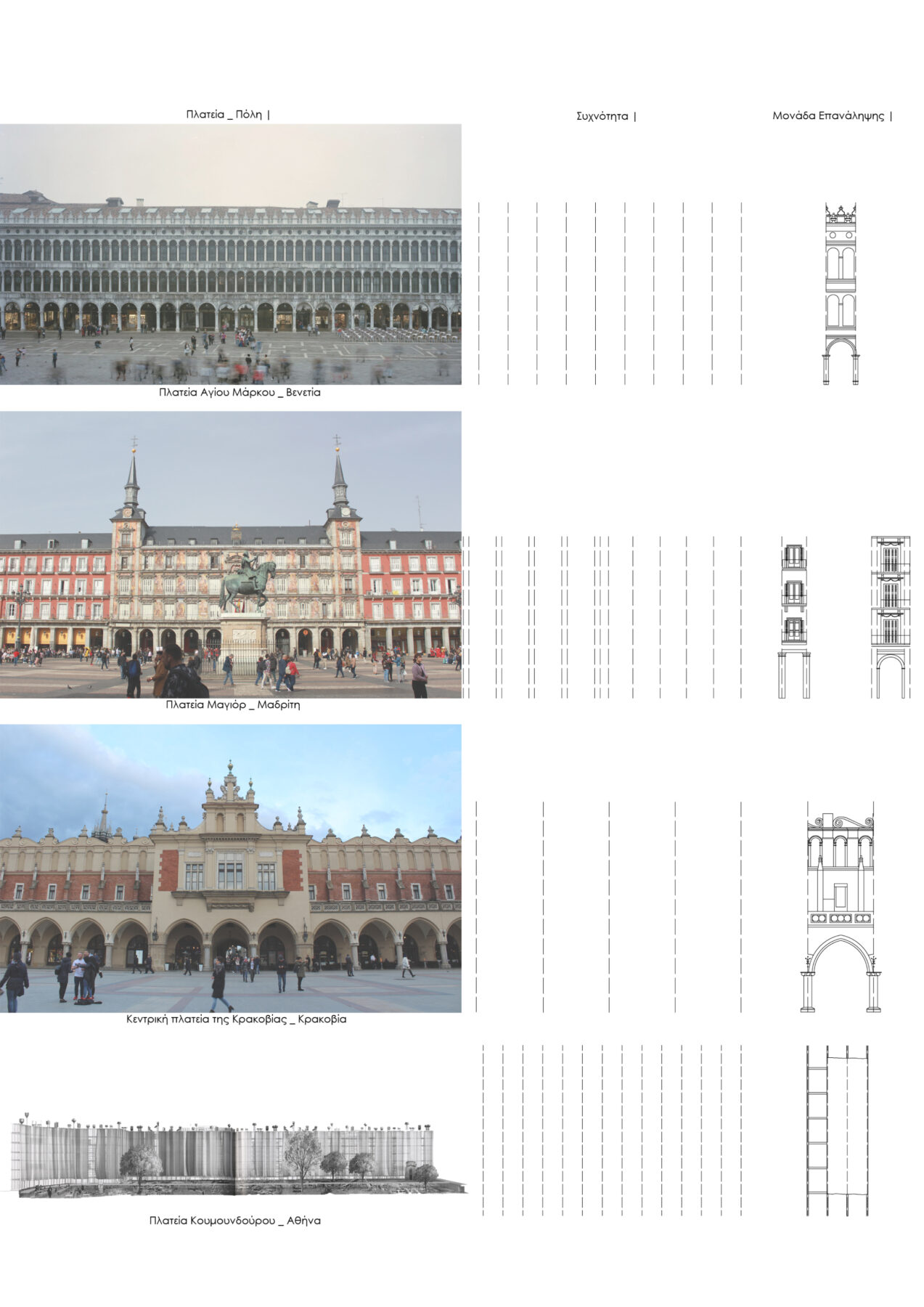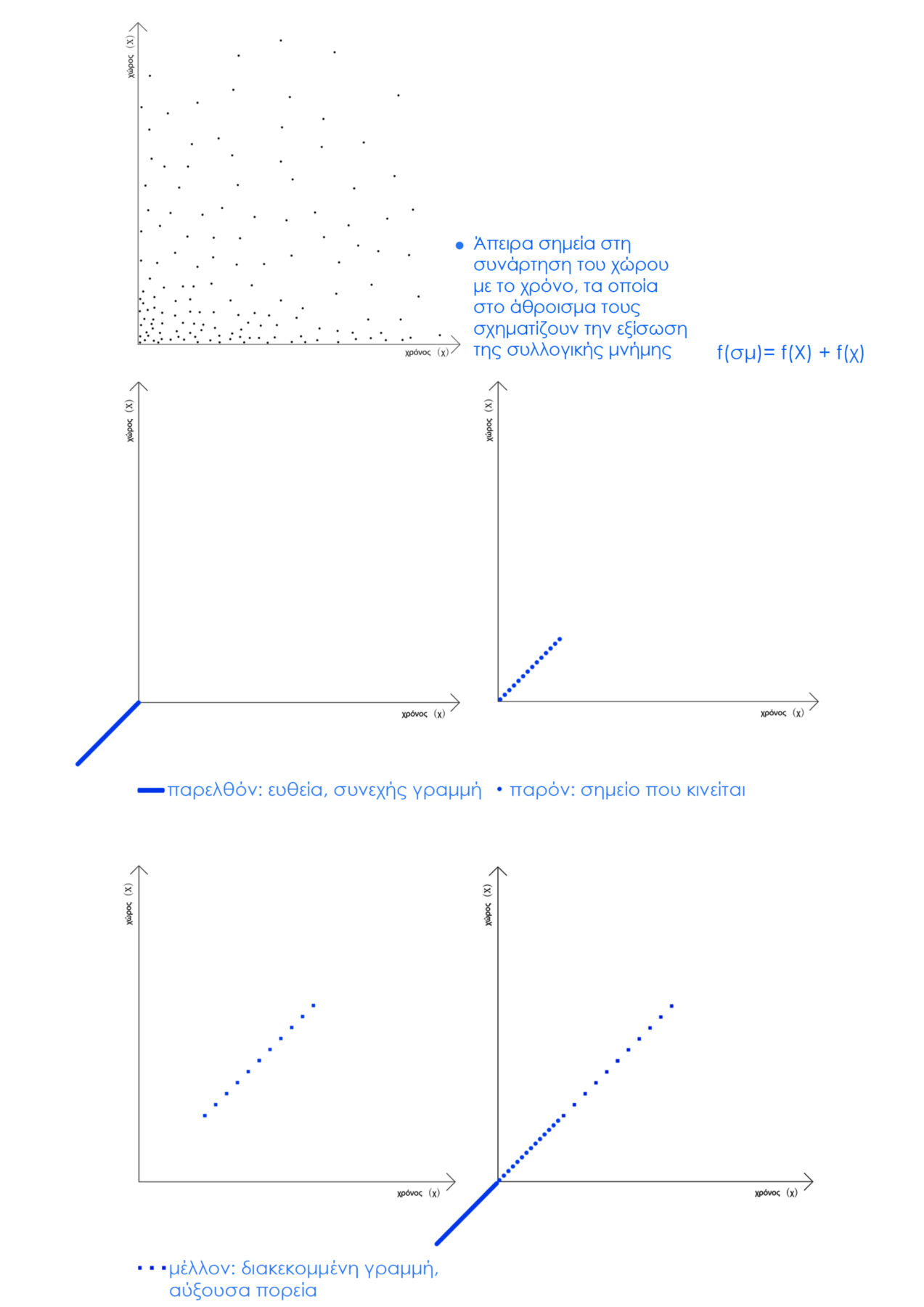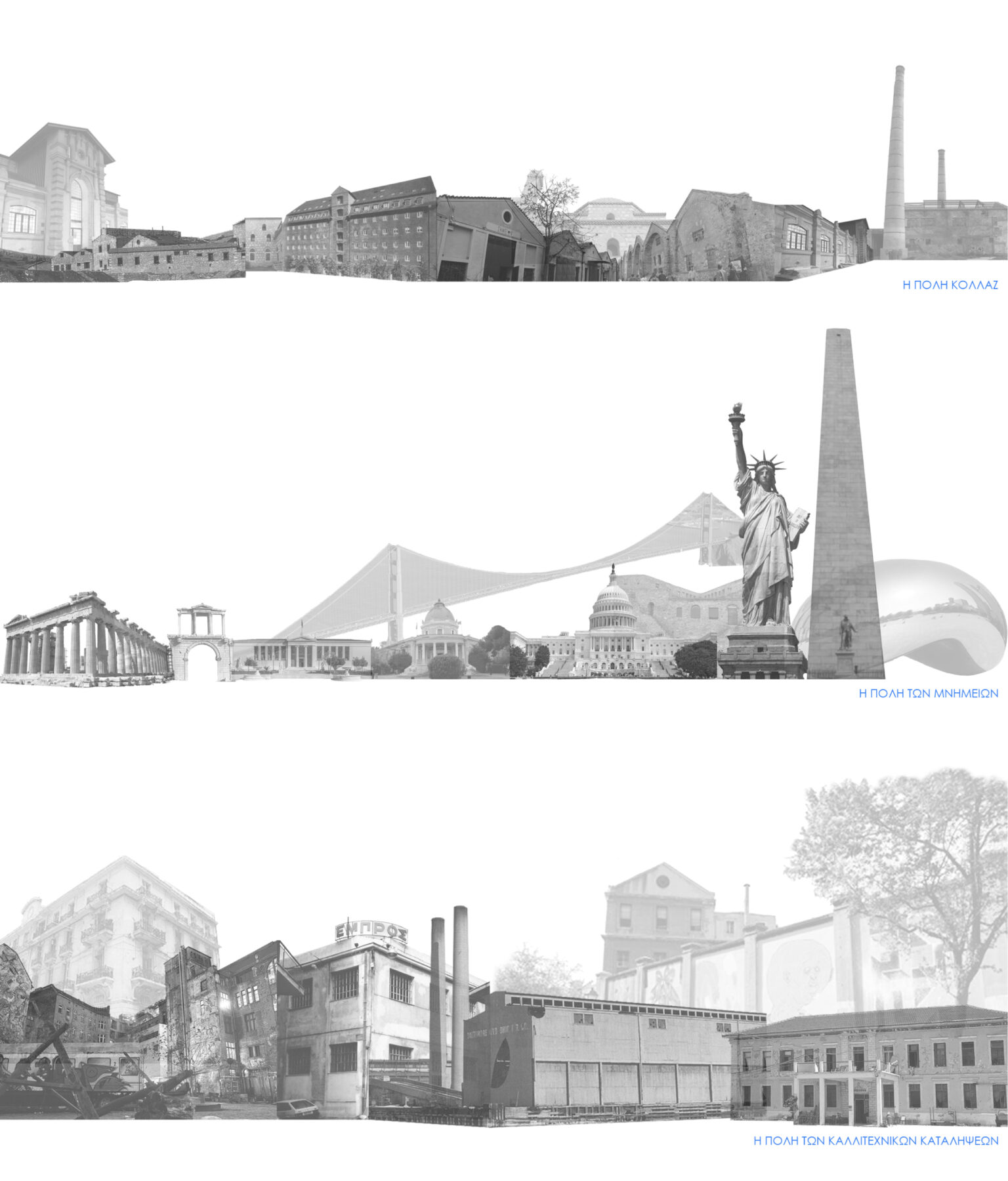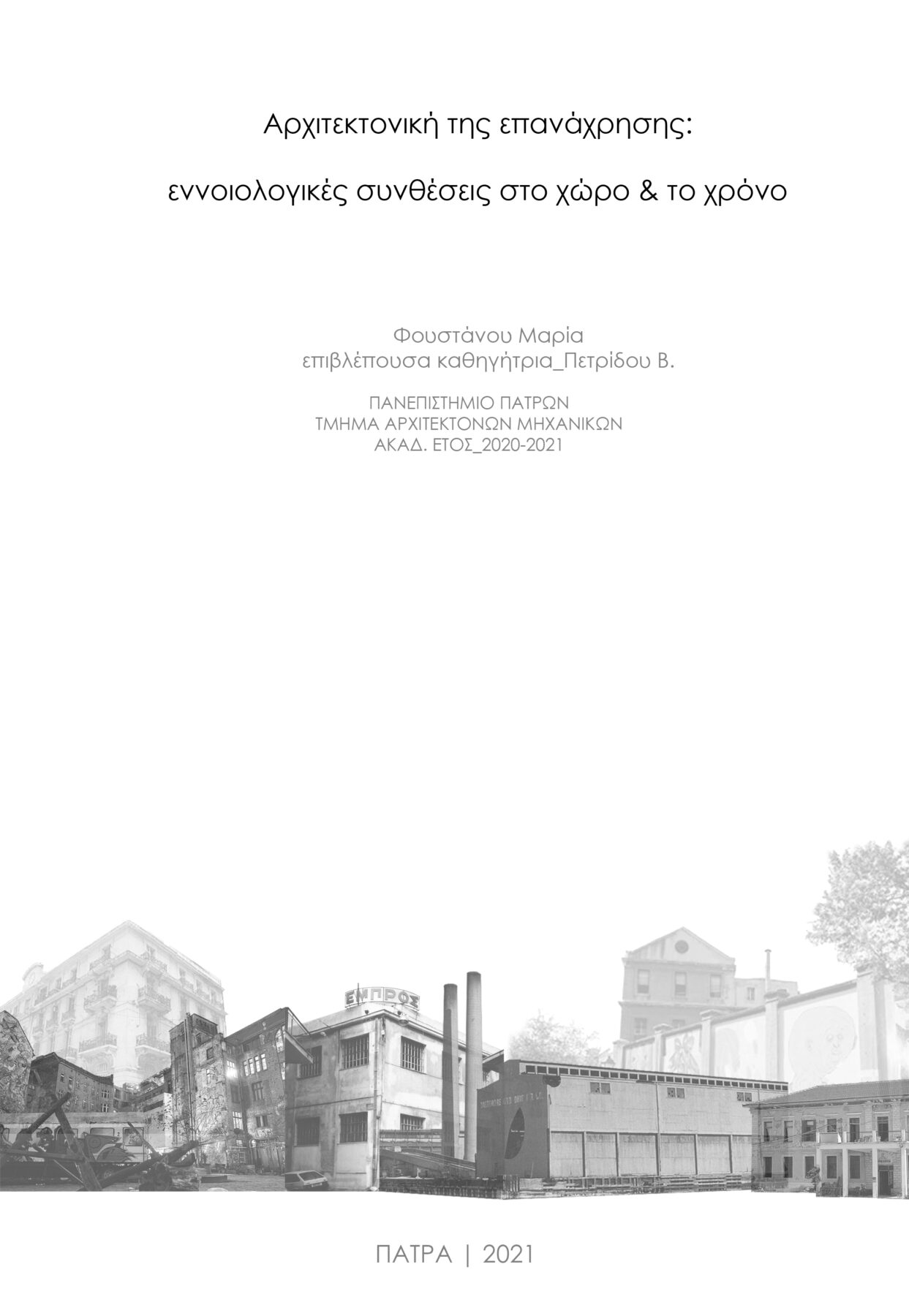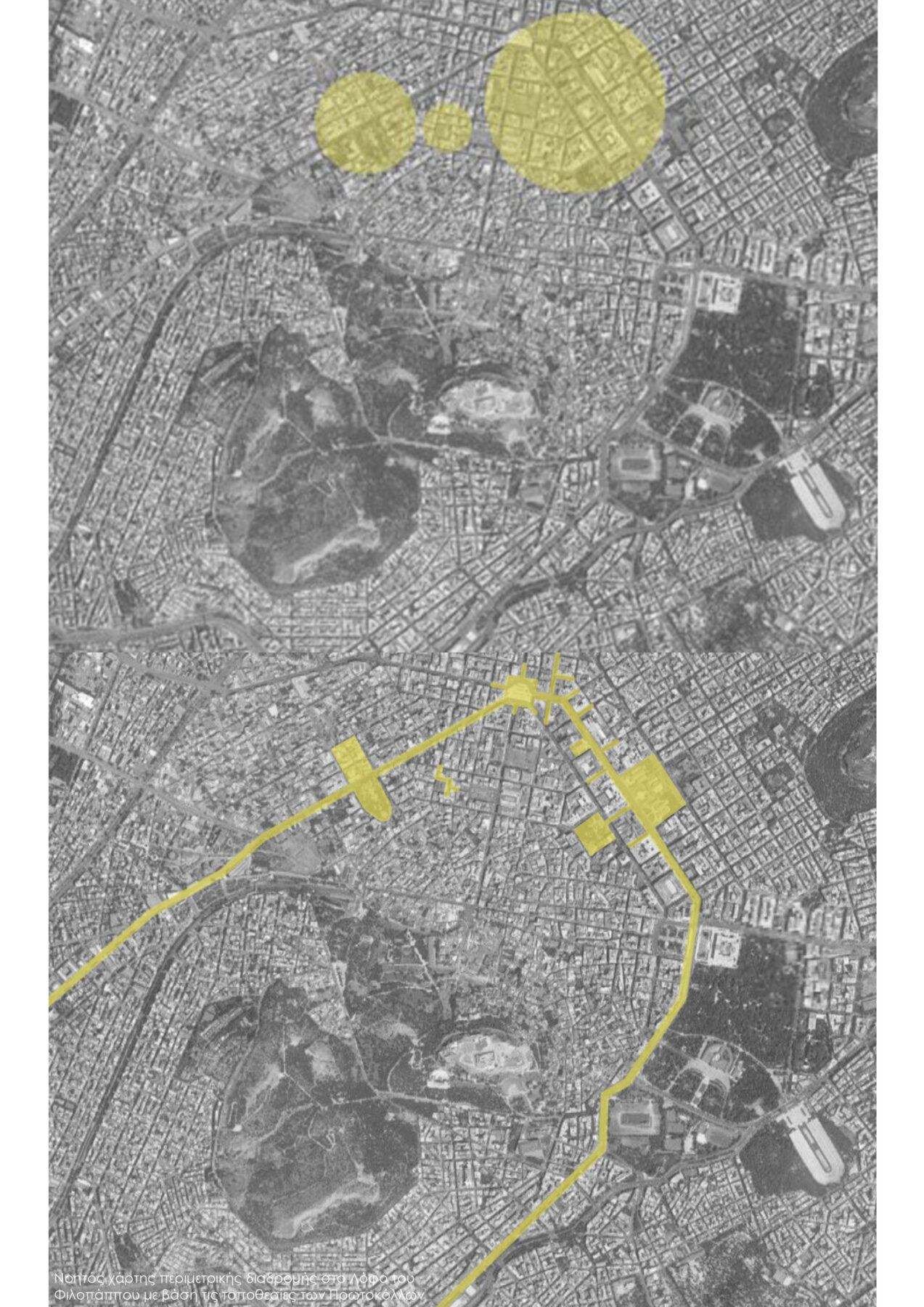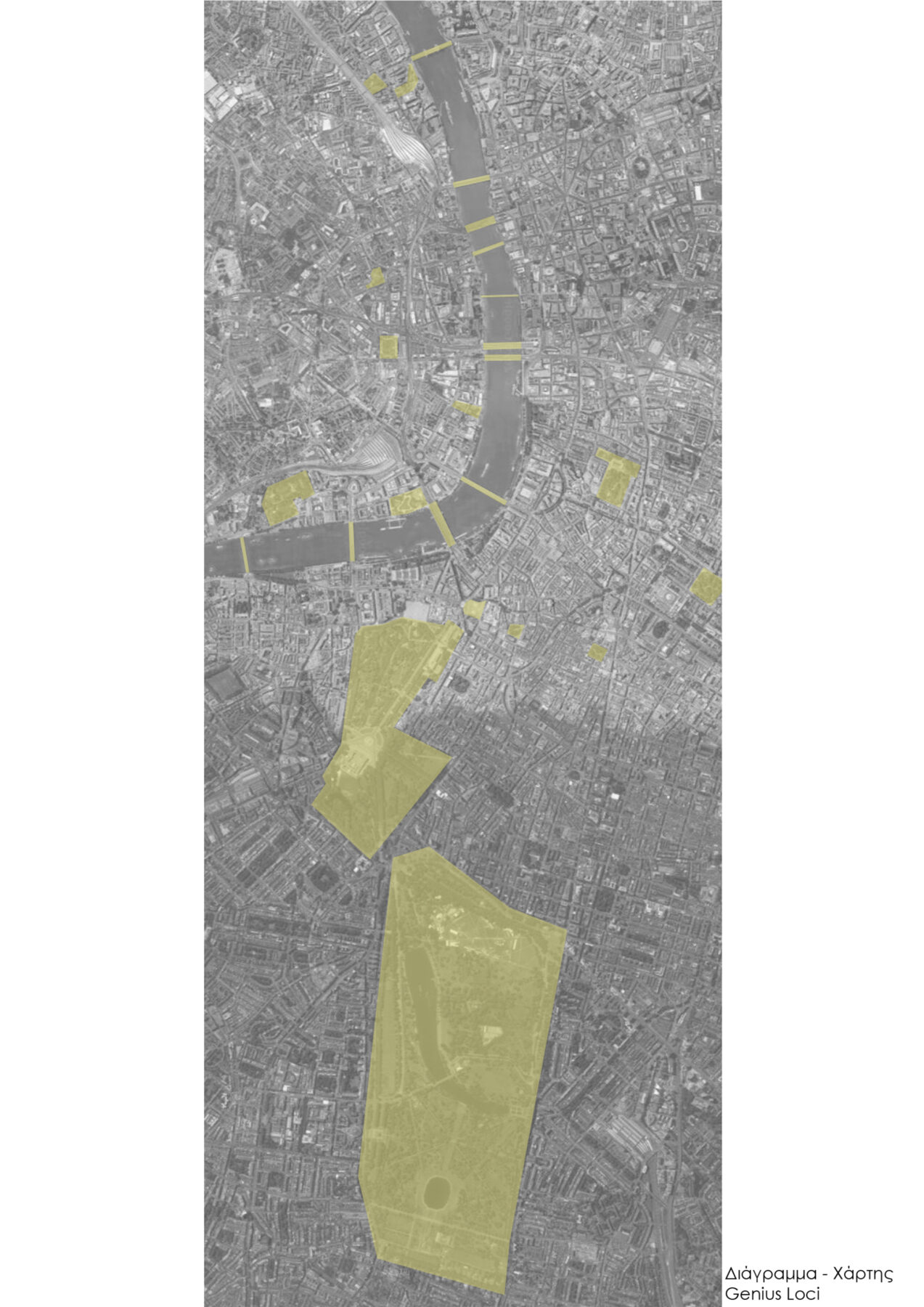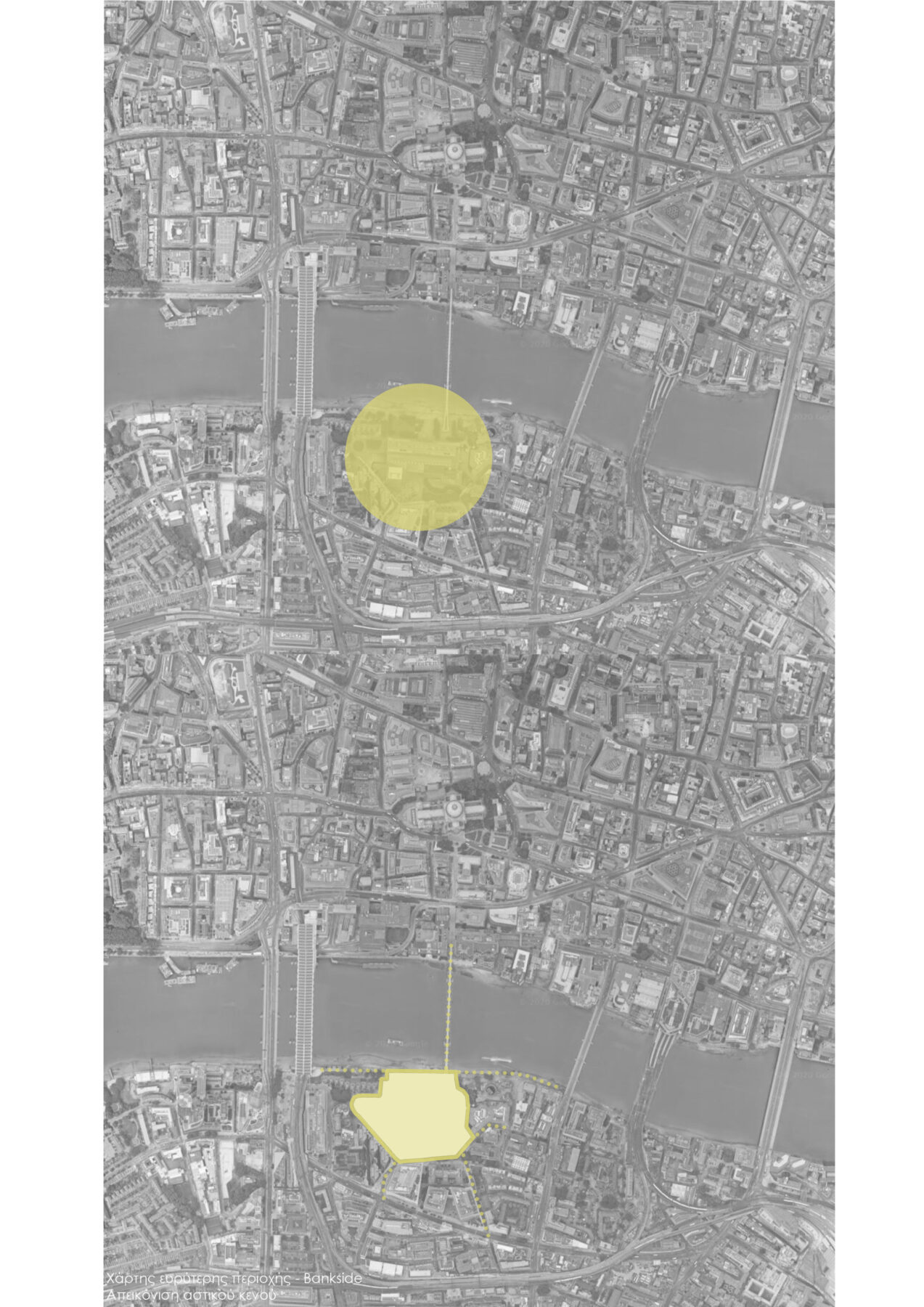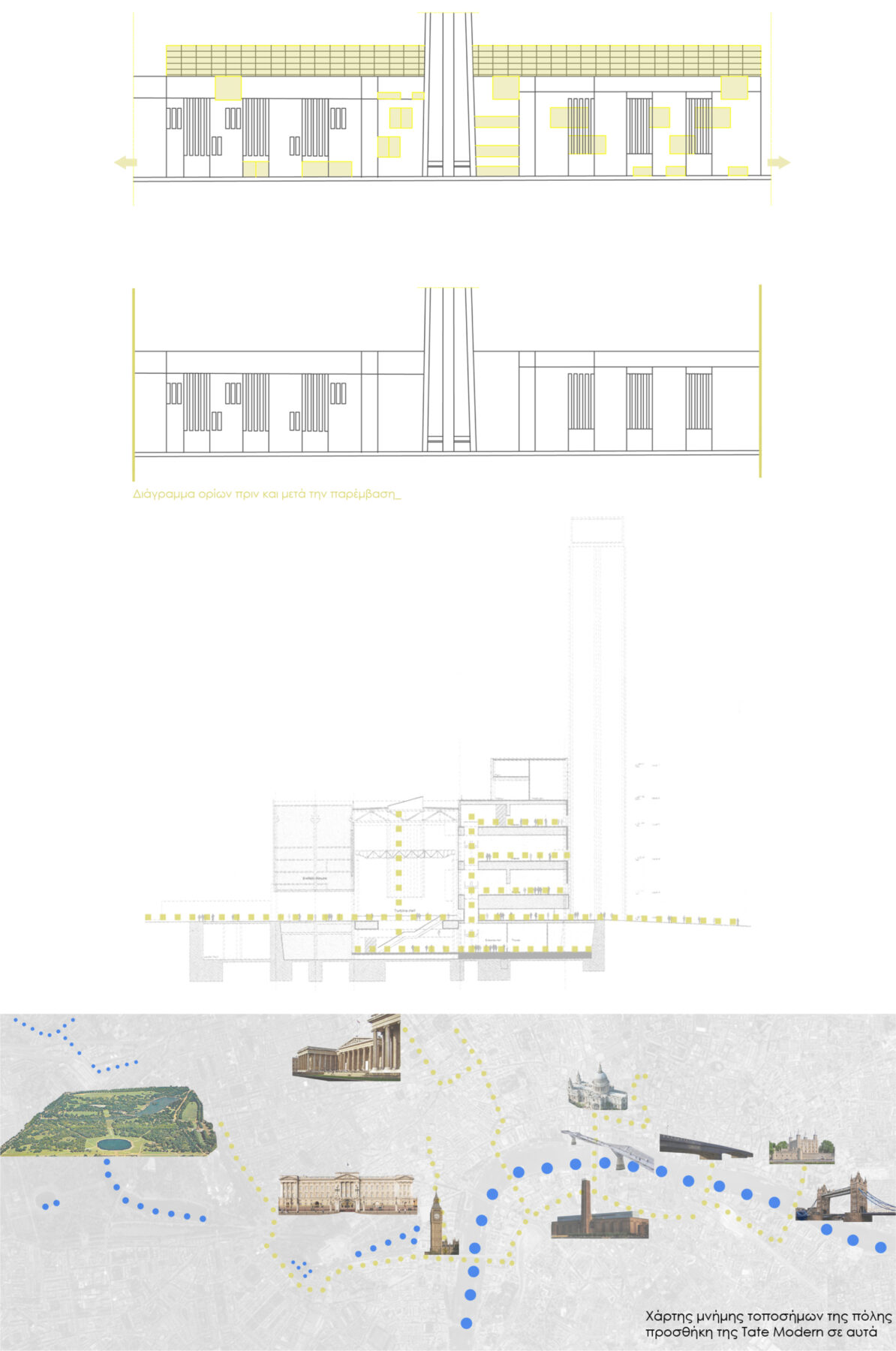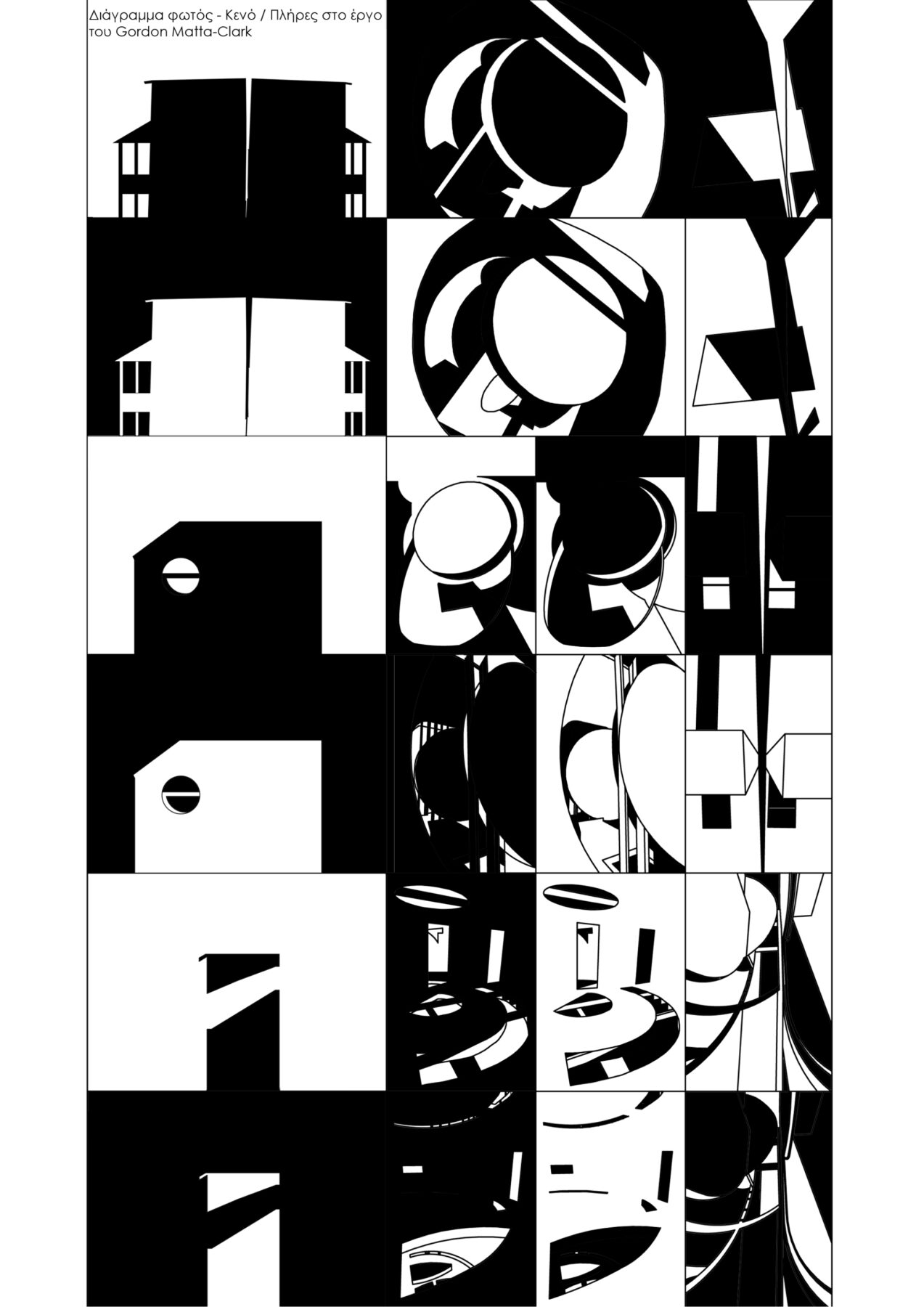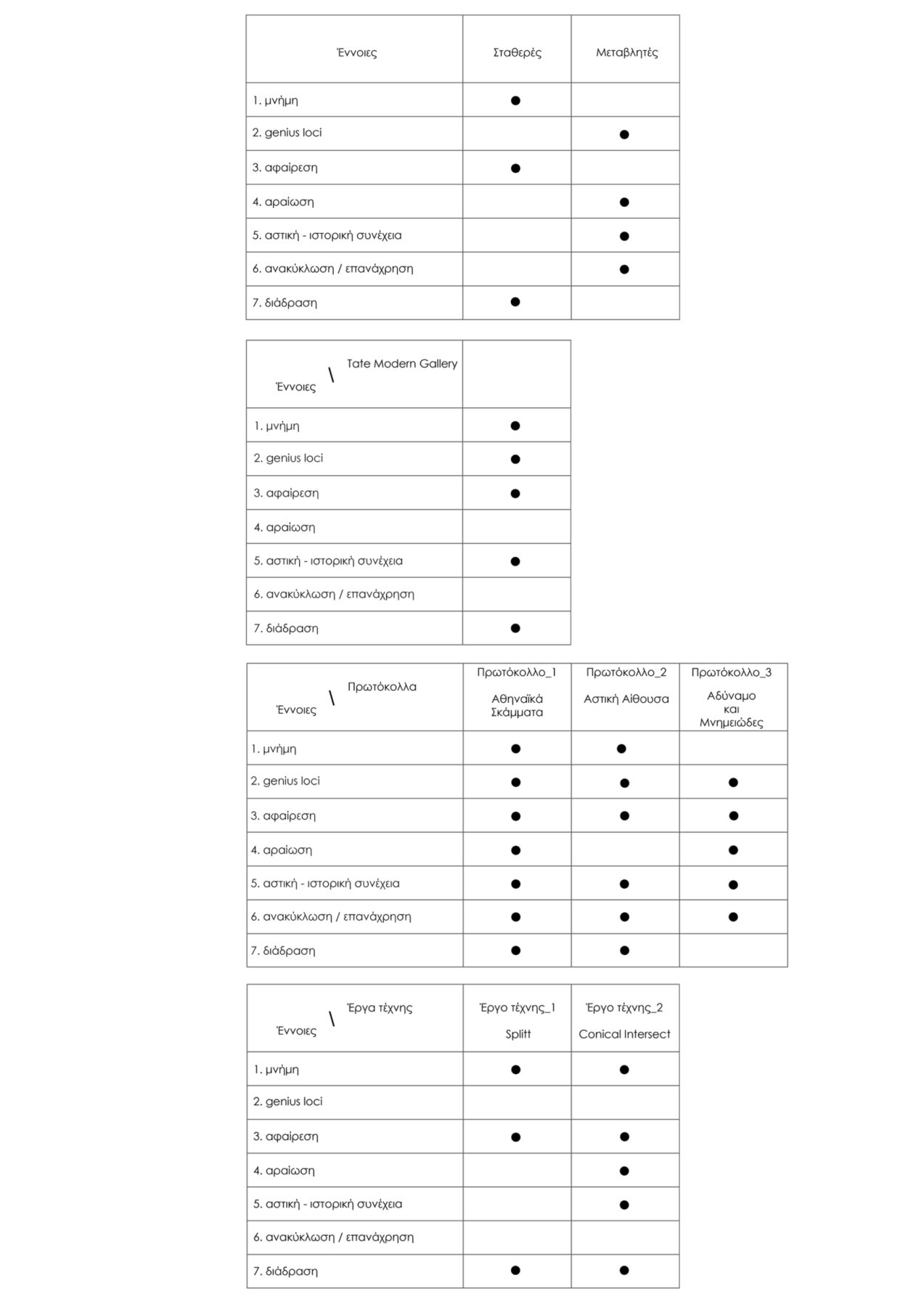Η ερευνητική εργασία της Μαρίας Φουστάνου αφορά την Αρχιτεκτονική της επανάχρησης, ξεκινώντας από τη μελέτη του τοπίου [ παρέμβασης ] και εν συνεχεία της αρχιτεκτονικής και καλλιτεχνικής μετατροπής του.
-κείμενο από τη δημιουργό
Η ανάγκη για μεγαλύτερη διάρκεια ζωής του κτισμένου περιβάλλοντος αλλά και η βαθύτερη παρατήρηση και κατανόηση του, συντελούν στην επανένταξη των αστικών κενών. Τα αστικά κενά σχηματίζονται είτε από εγκαταλελειμμένες δομές είτε από ερείπια, τα οποία στο πέρας της λειτουργίας τους δεν επανεντάχθηκαν στο σύνολο της πόλης με νέα μορφή. Στο πλαίσιο της έρευνας μελετώνται διαφορετικές εκφάνσεις επανάχρησης αναφορικά με έννοιες όπως η μνήμη, η διαχρονικότητα, το genius loci, μέσω παραδειγμάτων αρχιτεκτονικού και αστικού σχεδιασμού αλλά και καλλιτεχνικών έργων.
Στο πρώτο μέρος, μελετάμε την ισχύ των τριών εννοιών, αναφορικά με το τοπίο, πριν παρέμβουμε σε αυτό, και θέτουμε τα ερώτηματα:
- Παραμένουν κατά την αρχιτεκτονική διεργασία;
- Αν ναι, με τη μορφή που τις εντοπίσαμε αρχικά;
Έπειτα, σημεία ανaφοράς της έρευνας αποτελούν η μετατροπή της Tate Modern, των Herzog & de Meuron, η αστική ανάπλαση “Αστικά Πρωτόκολλα” του Α. Αντονά, και δύο έργα του καλλιτέχνη G. Matta-Clark, “Split” και “Conical Intersect”. Ως προς τη σύνθεση, διερωτόμαστε για τον κοινό ρόλο των έργων, την πρόθεση αλλαγής όχι μόνο στη κλίμακα του κτηρίου αλλά και του τοπίου – πλαισίου. Τα έργα αναλύονται σε συνέχεια του θεωρητικού πλαισίου που έχουμε θέσει αρχικά, με βάση τις έννοιες που καθόρισαν τις παρεμβάσεις όπως η αφαίρεση κ.α.. Η ανάλυση και η παράλληλη σύγκριση των έργων ολοκληρώνεται με τη μελέτη του γεγονότος στην Αρχιτεκτονική σύνθεση και συγκεκριμένα στη διαδικασία της επανακατοίκησης του χώρου.
Βασικό ερώτημα που θέτουμε είναι ο επαναπροσδιορισμός των παραγόντων πρόγραμμα – κάτοικος – γεγονός στο χώρο: Πως καθίστανται κινητήριοι άξονες της επανερμηνείας του χώρου;
Αξιολογώντας τις παραπάνω προτάσεις, έννοιες και μεθόδους σχεδιασμού, διαμορφώνουμε μια άποψη για την επανερμηνεία του χώρου στο χρόνο. Τέλος, διατυπώνουμε απαντήσεις και πορίσματα, ως προς τα ερωτήματα που θέσαμε κατά την διερεύνηση του θέματος.
Στοιχεία έργου
Τίτλος εργασίας Αρχιτεκτονική της επανάχρησης: εννοιολογικές συνθέσεις στο χώρο & το χρόνο
Φοιτήτρια Μαρία Φουστάνου
Ακαδημαϊκό έτος 2020-2021
Μάθημα Ερευνητική εργασία
Επιβλέπουσα Βασιλική Πετρίδου
Σχολή Τμήμα Αρχιτεκτόνων Μηχανικών, Πανεπιστήμιο Πατρών
Research thesis by Maria Foustanou is about the Architecture of conversion, starting from the study of the context [ of intervention ] and then the architectural and artistic transformation.
-text by the author
The need for longer life of the built environment and its deeper observation and understanding, contribute to the revival and reintegration of urban voids. These are made either from abandoned structures or by ruins, which after their functional end didn’t reintegrate in the urban aggregate in new form. The research studies different aspects of conversion in regard to concepts as memory, continuity, genius loci, through references of architecture and urban design and artistic projects.
In the first part, we study the ascendancy of these three concepts, in regard to the context, before we interfere in that and establish the questions:
- Do they remain present into the architectural process?
- If yes, in their former situation?
Then, benchmarks of the research were the conversion of Tate Modern by Herzog & de Meuron, the urban renewal “Urban Protocols” by A. Antonas and two works of art by G. Matta-Clark, “Split” and “Conical Intersect”. About synthesis, we wonder about the commons between projects, the intention for change not just in scale of building but in scale of the context. The analysis of the projects is in continue with the theoretical background we have set, according to concepts that determined the interferes like subtraction etc.. The analysis and comparison of projects is completed with the study of the concept of event in Architectural synthesis and especially in the process of reoccupation of space.
A central question this research sets is the redefinition of program – user – event, in space: How do they become motivating axes in the reinterpretation of space?
Appraising the above works, concepts and design methods, we elaborate our point of view about space through time. Finally, we formulate responses and conclusions to the above questions, that came up through the research.
Facts & Credits
Project title Architecture of conversion: conceptual syntheses in space & time
Student Maria Foustanou
Academic year 2020-2021
Course Research thesis
Supervisor Vasiliki Petridou
Institution School of Architecture, University of Patras
READ ALSO: Dwelling in Boundaries: Vacation in the ruins of Serifos | Diploma thesis by Maria Magdalini Meimaridou & Charalampos Xypnitos
